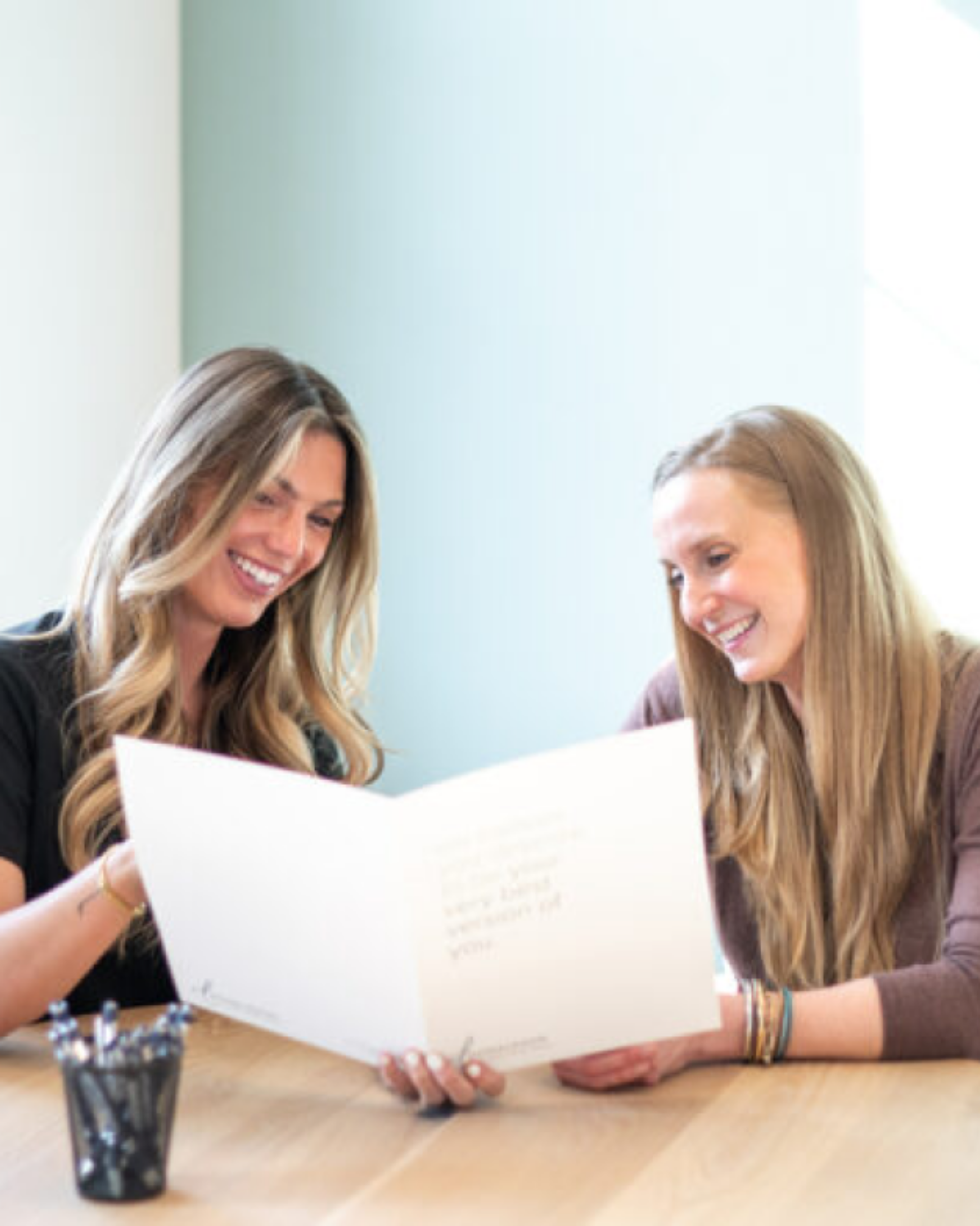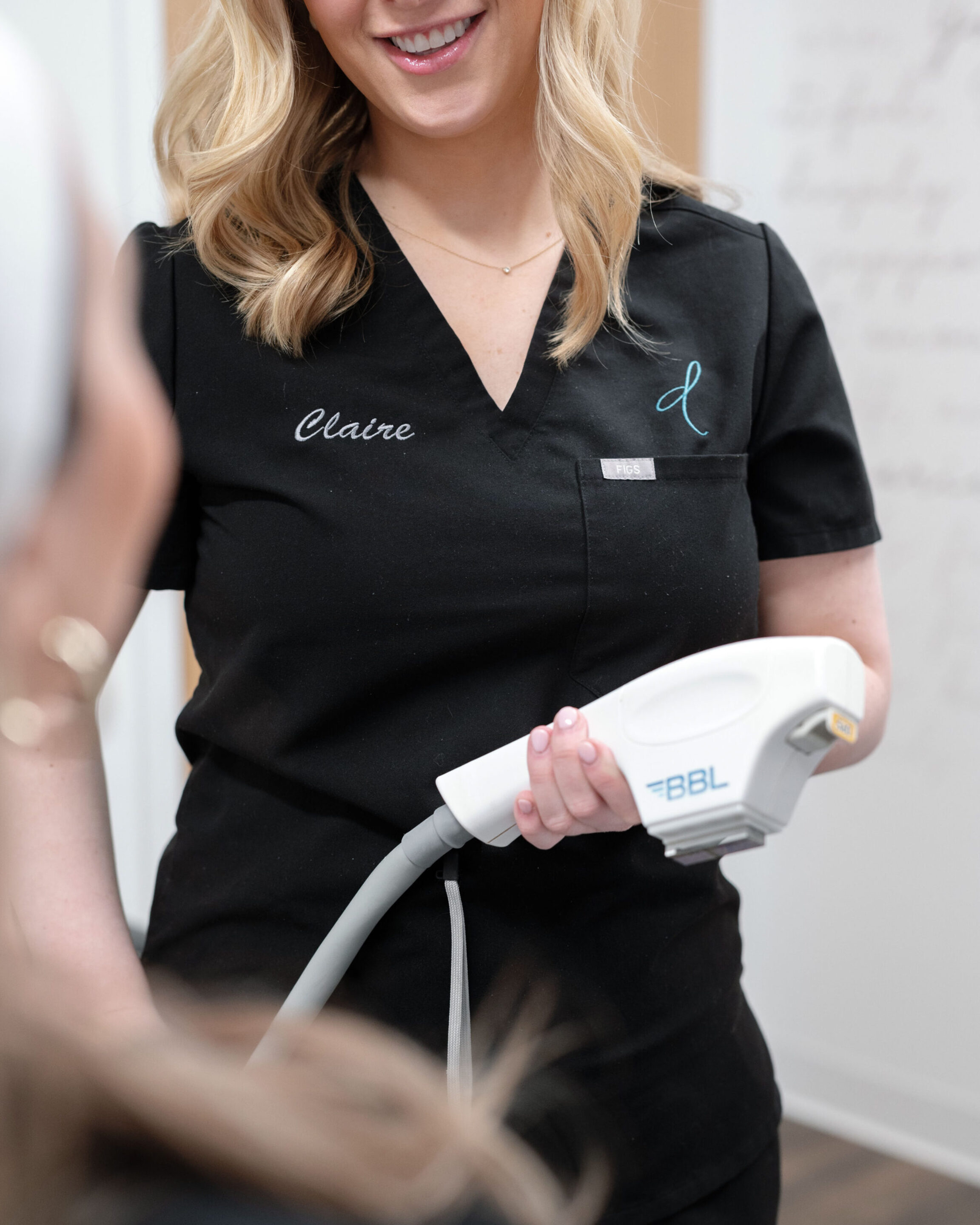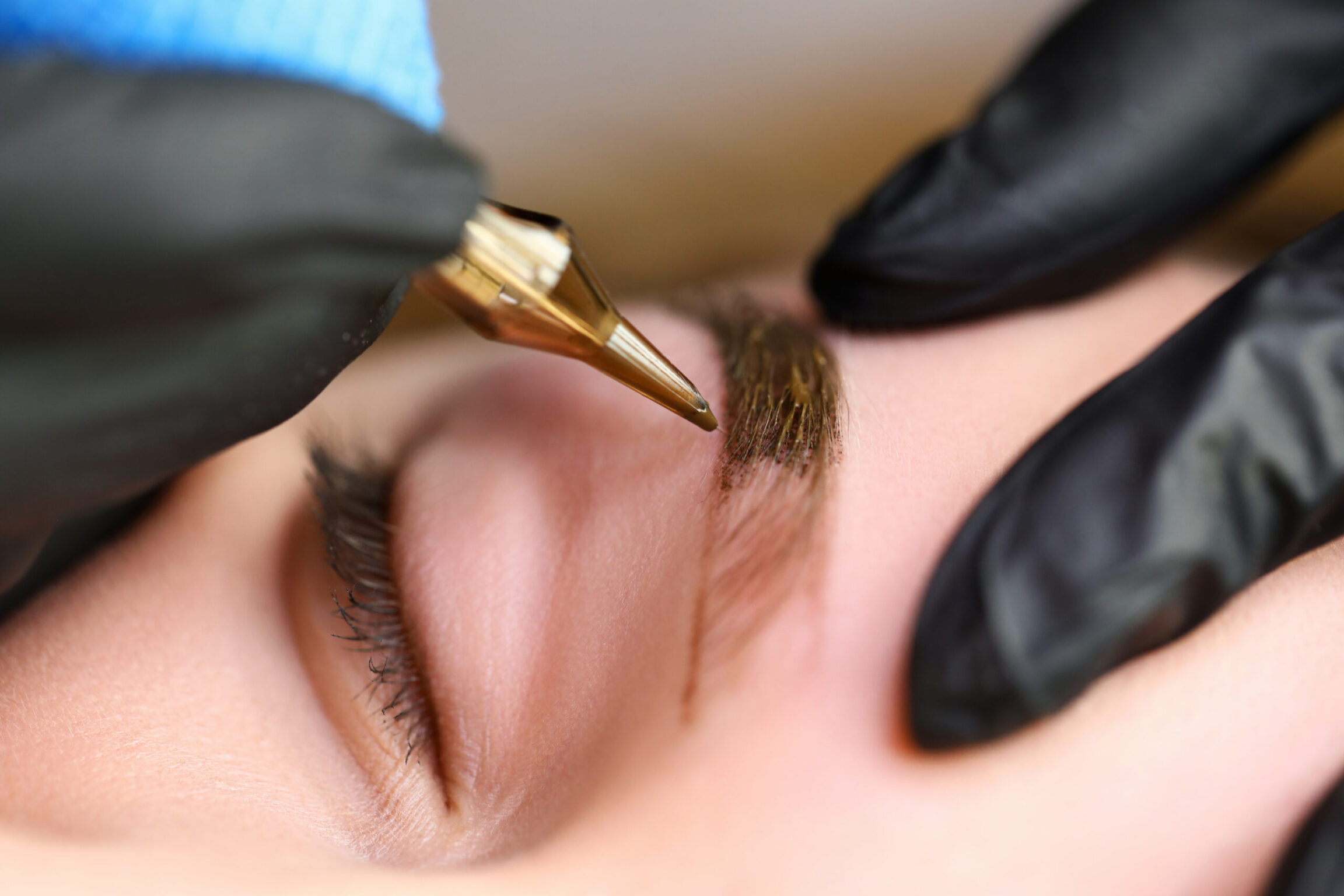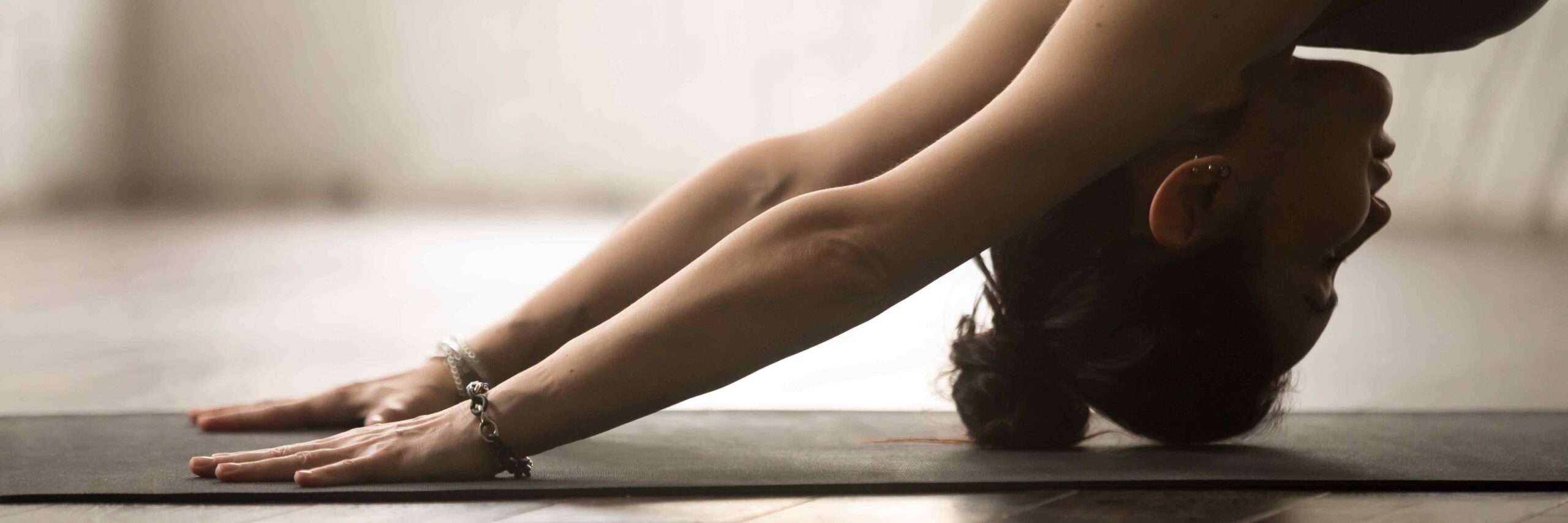Exercise For Fertility Improvements
Movement Is Key When Optimizing Fertility & Overall Wellness
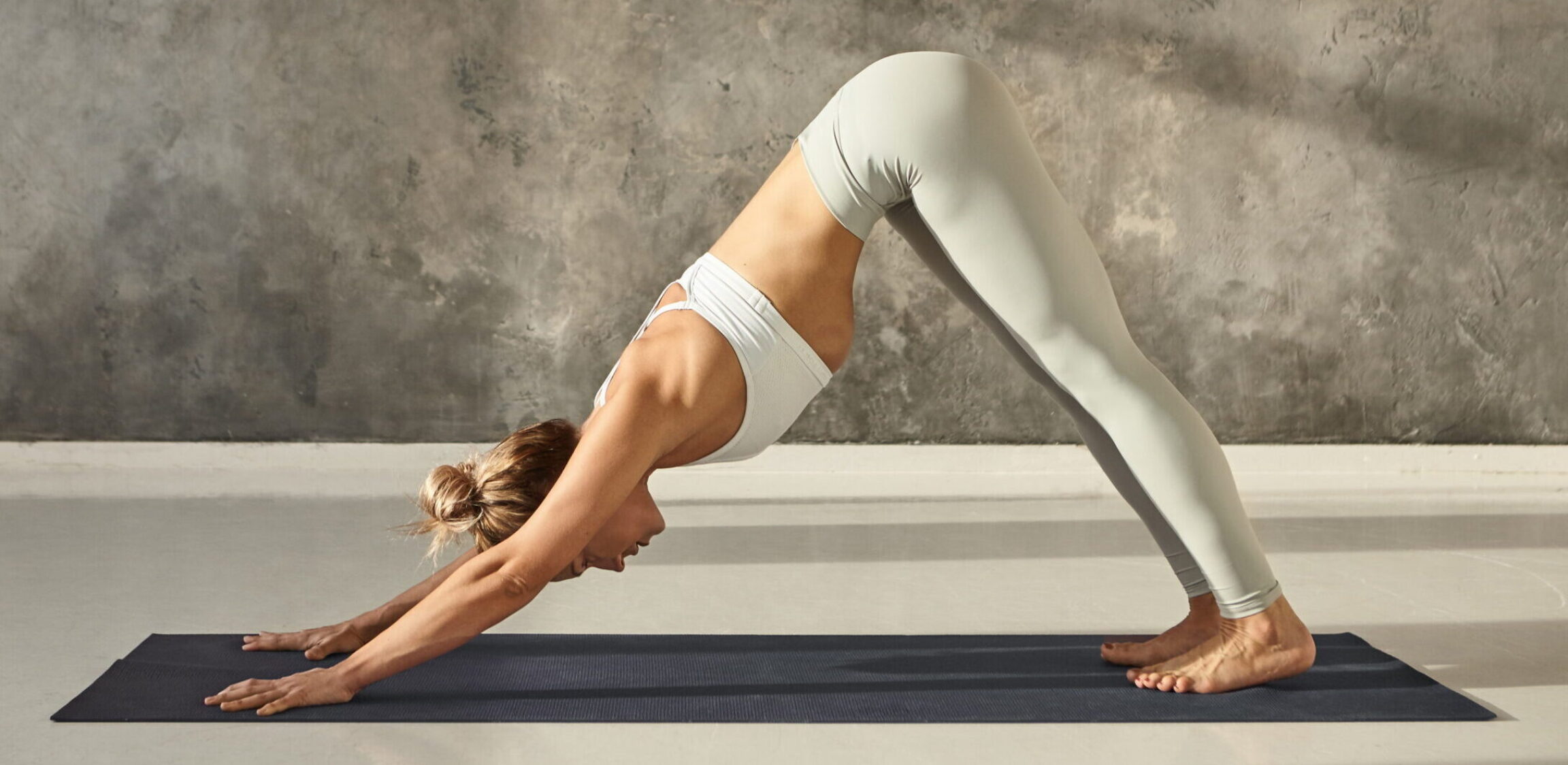
Movement helps move oxygenated blood to essential reproductive organs, positively impacting mental health, decreasing stress and eliminating toxins from the body. Certain exercises are more beneficial depending on where you are in your cycle. Focused workouts can be helpful with improving hormone balance, supporting ovulation and ultimately optimizing fertility.
Days 1-5: Menstrual Phase
During the menstrual phase, the body is shedding the uterine lining, leading to lower energy levels and potential discomfort. The focus should be on slower, more relaxed exercises.
Recommended Activities:
- Stretching: Gentle stretching can alleviate cramps and improve blood flow.
- Outdoor Walks: Fresh air and light activity can boost mood and energy levels.
- Yoga: Focus on restorative and gentle yoga poses to promote relaxation.
- Bodyweight Strength Exercises: Light strength training without weights can maintain muscle tone without overexertion.
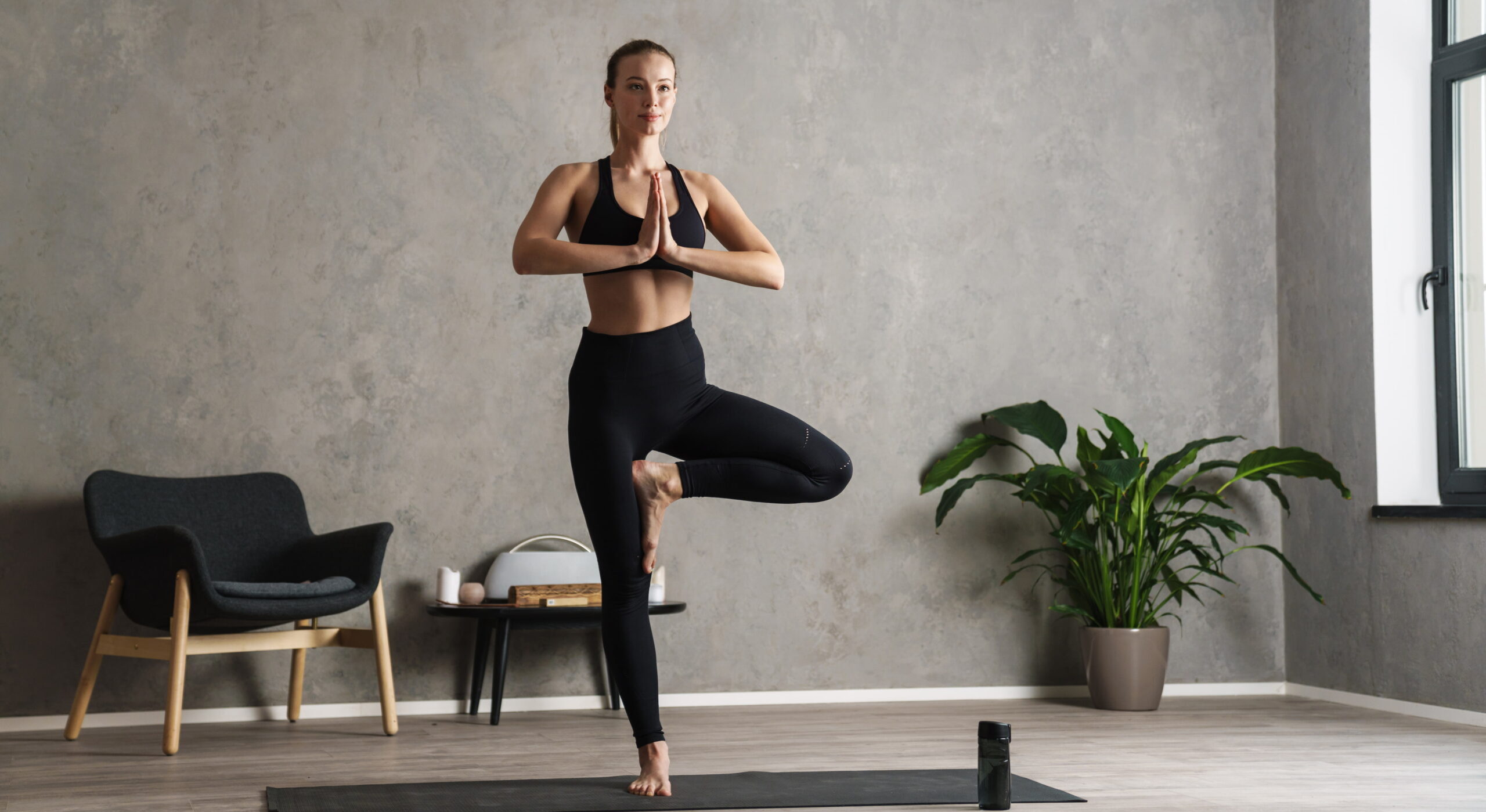
Days 6-14: Follicular Phase
As the body moves into the follicular phase, hormones like estrogen and testosterone start to rise, leading to increased energy and strength. This is an ideal time for more intense workouts.
Recommended Activities:
- Cycling: Excellent for cardiovascular health and leg strength.
- Jogging: A good balance of cardio and endurance training.
- Resistance/Weight Training: Builds muscle and bone strength, ideal during this hormonally supportive phase.
- Pilates: Strengthens core muscles and enhances flexibility.

Days 15-20: Late Follicular & Ovulation Phase
With ovulation comes a peak in energy levels, driven by the highest levels of estrogen and testosterone. This is the time for high-intensity workouts, but moderation is key to avoiding overexertion.
Recommended Activities:
- HIIT (High-Intensity Interval Training): Engage in HIIT for 30-60 minutes (maximum) over these five days to boost cardiovascular health and metabolism.
- Running: Capitalize on high energy levels with longer or faster runs.
- Weightlifting: Continue to build strength with heavier weights or more intense sessions.
- Swimming: A full-body workout that’s easy on the joints.
- Sculpt Yoga: Combines strength and flexibility training for a balanced workout.
What Happens If I Push Myself Too Far?
Those trying to conceive must be mindful of the type and intensity of their exercise. Over-training (>60 mins of intense exercise/day) can have a negative impact on fertility due to an increased risk of anovulation (cycles without ovulation). Listening to your body is crucial — adjust the intensity and type of exercise as needed to ensure you are supporting (not straining) your body through its natural cycles.
Days 21: Bleeding / Luteal Phase
The luteal phase sees a rise in progesterone and a second peak of estrogen, often starting with continued high energy, tapering off as menstruation approaches. Adjust your exercise routine accordingly.
Early Luteal Phase Activities:
- Incline Walking: Low-impact cardio that’s easy on the joints.
- Dance: Fun, energetic, and great for cardiovascular health.
- Spin Classes: High-energy cycling sessions that maintain fitness levels.
- Jogging: Maintain your running routine at a comfortable pace.
Late Luteal Phase Activities:
- Walking: Gentle, consistent exercise to maintain activity without straining.
- Hiking: Enjoy nature with low-impact, moderate-intensity exercise.
- Yoga: Focus on restorative and gentle flows to reduce stress and prepare the body for the menstrual phase.
- Low-Impact Cardio: Swimming or elliptical training to maintain fitness without high stress on the body.
- Stretching: Enhances flexibility and reduces muscle tension.

About The Author
Angie Scala, NP, is the holistic fertility specialist at Donaldson. She uses exercise and movement with consideration to the menstrual cycle to support women along their fertility journeys. With each of her patients, Angie focuses on aligning physical activity with the body’s natural hormonal rhythms, adapting workouts to each phase and providing vital nutrition education during this sensitive time.
Related Articles

Read More Dr. Weston at RTRX 2024
Dr. Weston at RTRX 2024
Marguerite Weston, MD, took center stage at RTRX 2024 to deliver an engaging Masterclass seminar that addressed the interconnectivity of stress, hormones & our overall health.

Read More Lower Blood Pressure Naturally
Lower Blood Pressure Naturally
Hypertension can limit fertility, restrict surgery options & shorten life expectancy. These lifestyle interventions can help lower your blood pressure naturally!

Read More Functional Medicine Dietitian vs. Conventional Dietitian
Functional Medicine Dietitian vs. Conventional Dietitian
While both disciplines are vital for a healthy society, Functional Medicine Dietitians are often preferred when treating chronic illness using nutrition care.



